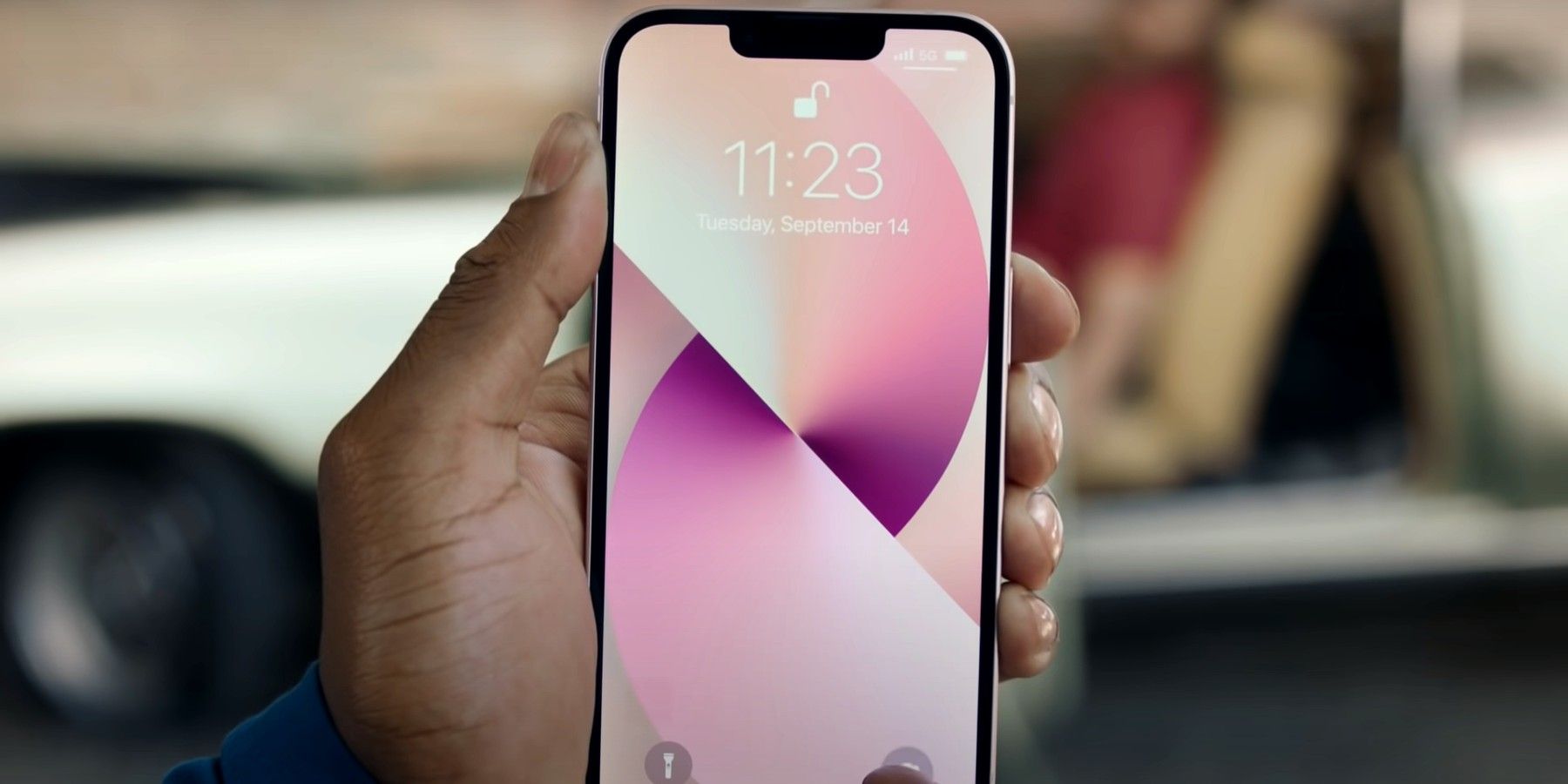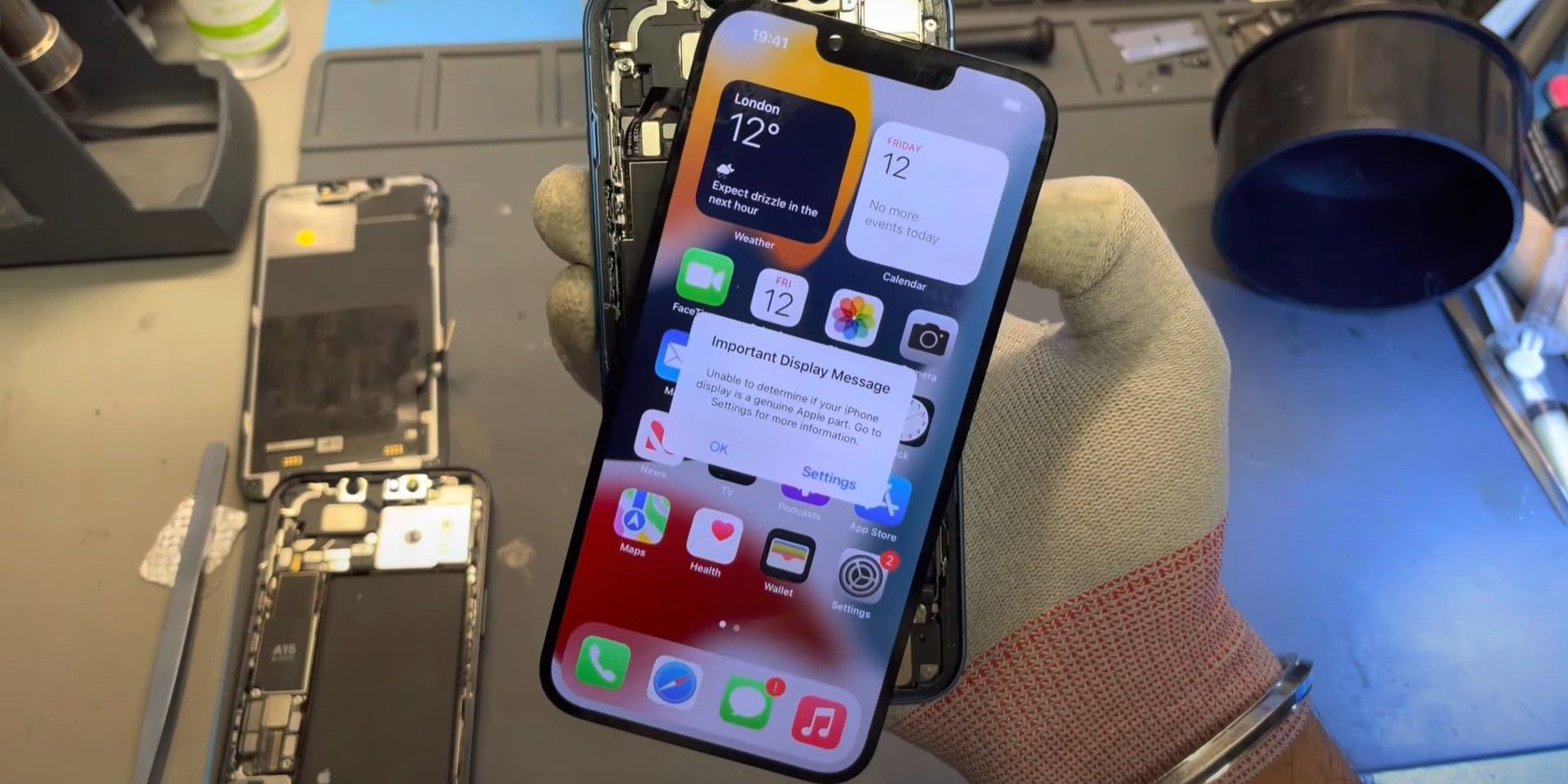Apple has rolled out the iOS 15.2 update, and as promised, it no longer breaks the Face ID system if an iPhone 13’s screen has been replaced by a third-party repair outlet. When it comes to the repair and replacement of devices outside its own certified network, Apple hasn’t won many fans, and the iPhone 13 only made it worse.
With its latest iPhones, Apple re-arranged the Face ID hardware and packed it all up in a smaller notch. However, the company also put in a place a part serializing system that broke the Face ID system if an iPhone 13’s screen was replaced by a third-party repair outlet. The company promised to fix it with an update, and it has finally happened.
With the release of an iOS 15.2 beta update, Face ID no longer poses an issue after screen replacements for an iPhone 13 series smartphone. iCorrect, an “Apple microelectronics specialist” that offers repair services for Apple hardware, has confirmed on video that replacing an iPhone 13’s screen doesn’t affect Face ID and that the authentication system works without a hitch. But there’s still a small issue. Even if the replacement screen is a genuine unit supplied by Apple, the device still shows a warning that says “Unable to determine if your phone display is a genuine Apple part.” This likely has something to do with matching part serial numbers, which can only be done using proprietary software that is limited to Apple-authorized repair outlets.
No More Pricey Visits To An Apple-Certified Outlet
A few weeks ago, an explainer by iFixit revealed that Apple has attached a microcontroller to the iPhone 13’s screen that communicates with the Face ID hardware. In case of a serial number mismatch with internal parts, Face ID would disable itself, likely as a security measure. The issue can be fixed by simply taking out the microcontroller and attaching it to the replacement screen. Except, the whole microcontroller engineering part is extremely complicated and expensive. Working on the microcontroller requires an expensive microscope, and the microsoldering tools needed to remove and attach the tiny chip are pricey as well. Plus, the whole procedure takes a lot of expertise to execute successfully. In a nutshell, the process is time-consuming, expensive, and can’t be availed at a majority of independent repair outlets.
So essentially, users with a broken iPhone 13 screen had no other alternative than visiting an Apple-authorized service outlet and paying a higher price for getting their phone fixes. Thankfully, Apple may finally be changing its ways. Earlier today, Apple announced its Self Service Repair program that will allow iPhone 12 and iPhone 13 users to repair their phone’s screen on their own. At-home repair enthusiasts will be able to purchase genuine replacement parts from the Apple Self Service Repair Online Store starting next year. In the initial stages, the program will cover DIY display, battery, and camera repairs, but it will eventually expand to cover more parts as well.
Source: iCorrect / YouTube


